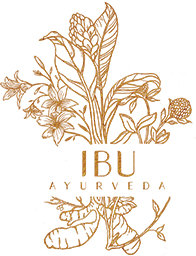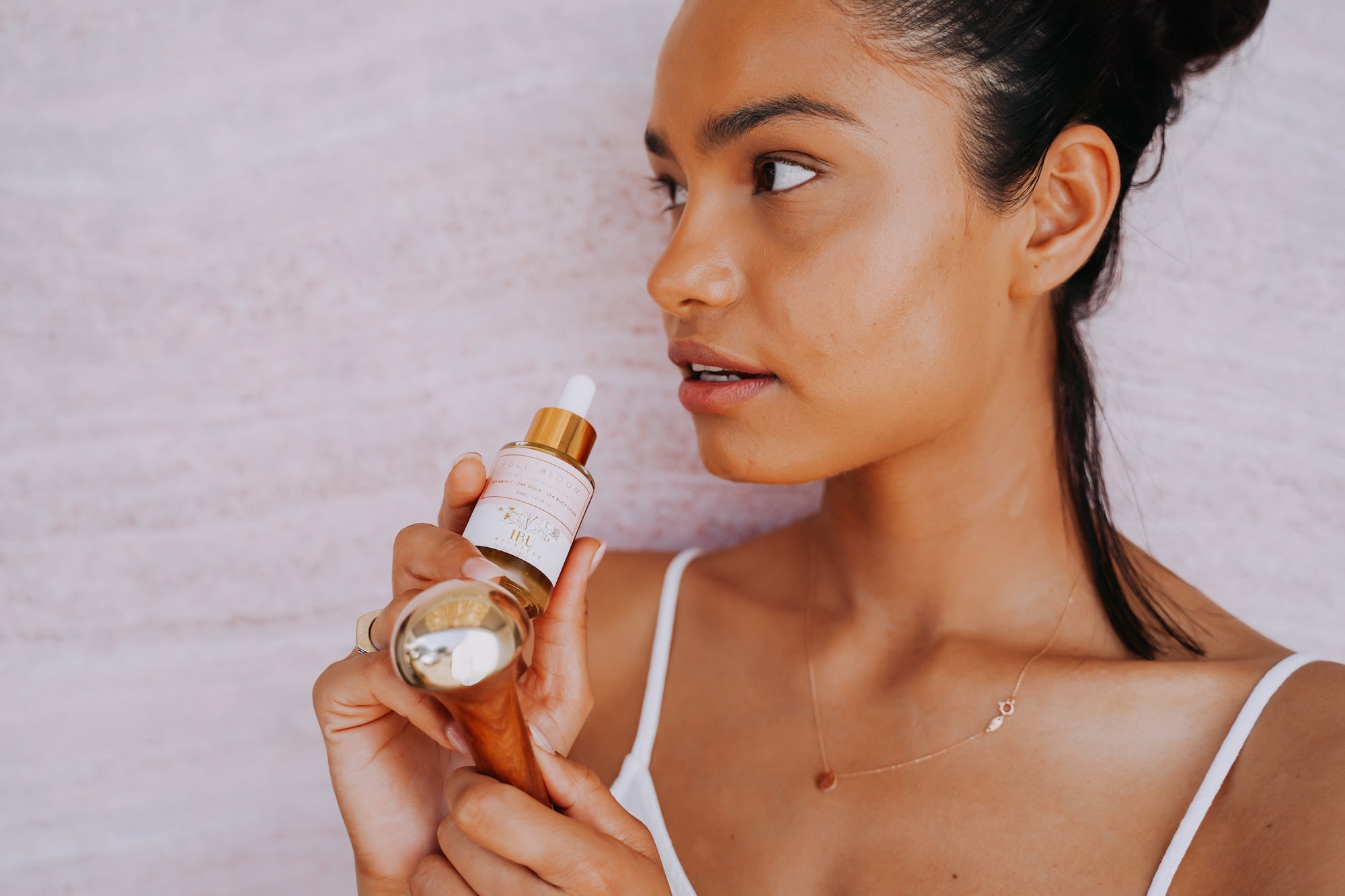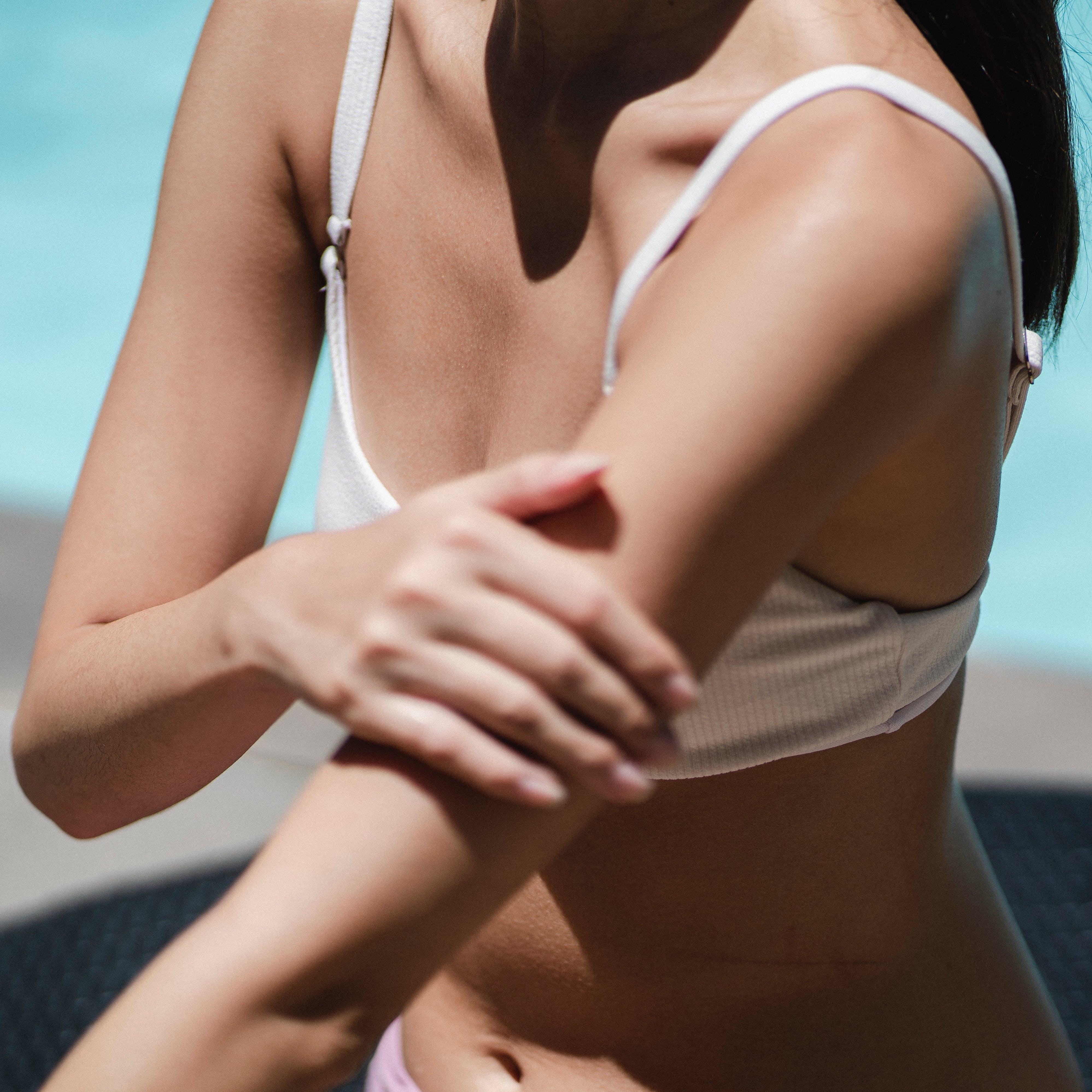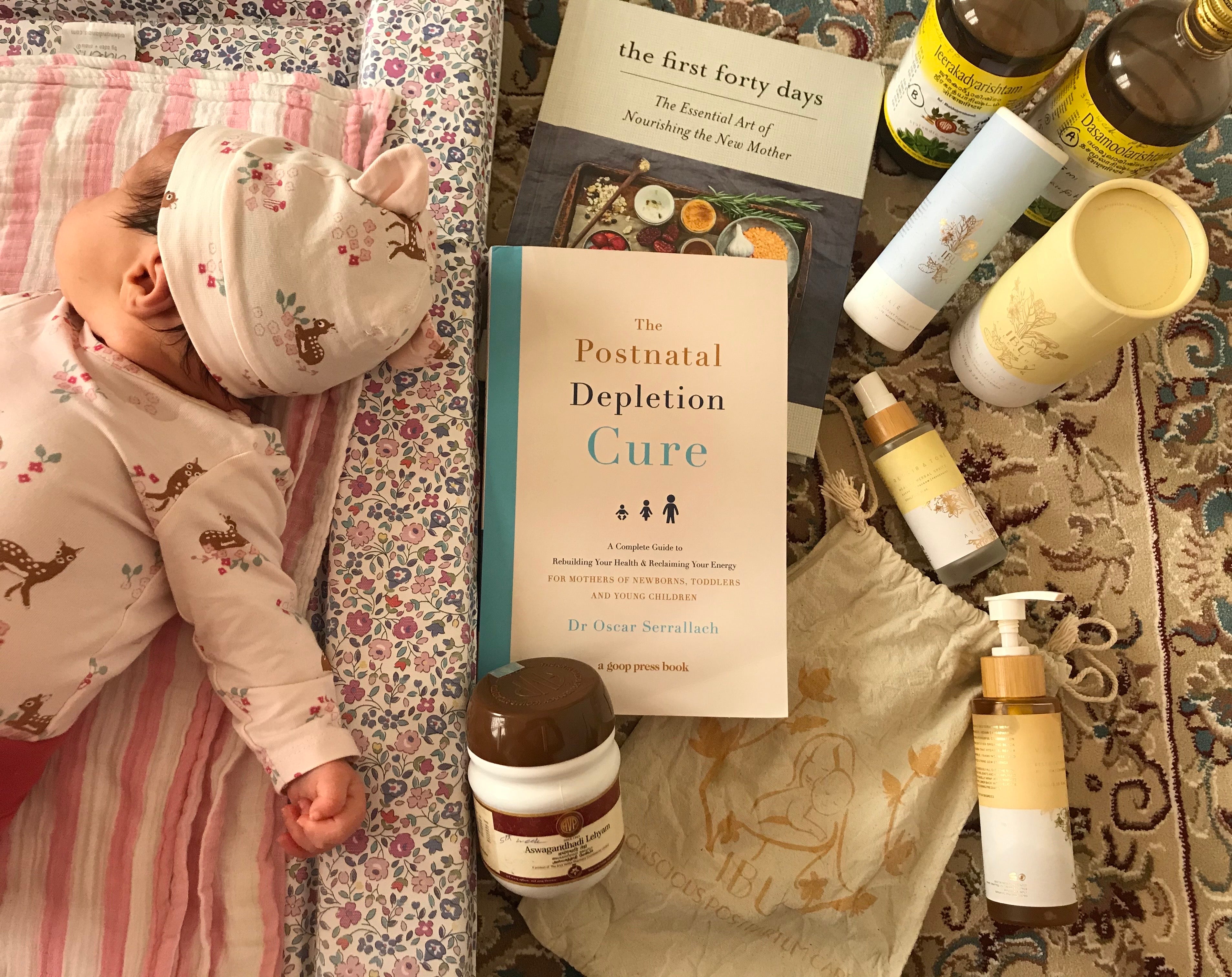What is Abhyanga? + Tips on How to Do It

Abhyanga is an Ayurvedic oil massage that you do on yourself.
In Ayurveda, it is considered a daily self care ritual, to heal the mind and body from the stresses of daily life.
Abhyanga is believed to help all the systems of the body, while increasing strength and flexibility of muscles and joints. It is also a natural and chemical free way to encourage youthfulness and improve the quality of the skin and hair.
Abhyanga is arguably the most popular massage technique in Ayurveda. It’s performed with generous amounts warm oil and targets all areas of the body, including the scalp and in between your toes. To achieve the best Abhyanga, the oil is the central component, followed by the right strokes and pressure.
While Abhyanga is often practiced by an Ayurvedic massage professional, you can also easily perform your own Abhyanga massages at home. We highly recommend it — this massage technique has been shown to relieve stress, decrease the heart rate, and promote temporary relaxation.
A good massage encourages the body to produce more oxytocins, the feel-good hormone, which is why abhyanga is believed to be as good for the mind as it is for the body.
Top Benefits of applying Ayurvedic oils daily (self-massage/ Abhyanga) include:
-
Improved circulation, strength, vision and stamina.
-
Makes skin softer and smoother, reduces wrinkles.
-
Encourages elimination of toxins and impurities from the body.
-
Relaxes the mind and promotes better and deeper sleep.
-
Slows down visible signs of ageing.
-
Improves immunity and tolerance.
-
Improved texture, tone and overall skin appearance.
-
Strengthened bodily tissues, lubrication of internal organs, bones and joints.
-
Better sleep and overall health.
-
Decreases symptoms of fatigue, especially for the feet.

Step By Step How to Perform Abhyanga
-
Get undressed, stand or sit in a comfortable position. Warm the oil and pour on the palms. Rub it gently and start with the massage.
-
Start with a head massage. In abhyanga, the head massage is given a lot of prominence and is expected to take up the most of your allotted time. Use the fingertips and palms to massage the scalp in circular motions.
-
Gently massage the face and the outer ears, moving down toward the neck and throat and including the shoulders and upper spine.
-
Massage the arms with long strokes, focusing on the joints with smaller strokes. Include the hands and fingers.
-
Massage the torso, starting with the chest and moving to the abdomen. Use gentle circular moves over the heart, and follow the path of the intestines when massaging the lower abdomen.
-
Massage as much of your back as you can reach, then move to the legs, using long strokes. Use circular strokes on the joints, and finish off with vigorous motions on the soles of the feet.
Here are our best tips on how to do an Abhyanga massage at home.
Use an Ayurvedic Oil
Some oils are better suited for massaging than others. Since Abhyanga is an Ayurvedic technique, we recommend using an Ayurvedic oil specific for your body type or current health needs.
What’s the difference, you might ask? Ayurvedic massage oils are infused with botanicals and ingredients designed to support the three doshas. They create a holistic experience, allowing you to get the most from the time-tested practice of Ayurvedic medicine.
Did you know our Ayurvedic oils are also anti-aging?
They each contain powerfully adaptogens, vitamins, essential fatty acids and antioxidants that reduce the signs of ageing skin!
Warm Your Massage Oil
The soothing warmth of massage oil can help you feel instantly relaxed. If you do not have an oil warmer, place the bottle of oil in a hot water bath for several minutes until it reaches the desired temperature or simply use your hands. The warm oil spreads more evenly and easily and allows you to settle into the moment.
Remove All Obstacles from Your Body
That’s right, you’ll want to get naked for this one. Take off your earrings, jewellery, underwear, and anything that prevents your skin from being a blank canvas. This allows you to massage all areas of the body without interruption. As an added bonus, the warm oil can help you fight off the shivers.
Pour the Oil Directly on Your Skin
Many massage therapists will pour the massage oil into their hands before applying it to the skin. But since the oil is already warm, we recommend skipping this step and pouring it directly onto the desired areas. Start with the scalp and work your way down, paying attention to one area at a time. Use a small amount of oil to begin with, adding more as needed. Work it deep into the skin before moving on to the next area.
Aim for a 5-15 Minute Massage
For an Abhyanga massage, we suggest stretching the entire session over 15 minutes but understand that even 5 minutes a day is very beneficial. This allows you to pay adequate attention to each area of the body and thoroughly work in the massage oil.
After the massage, take shower with warm water and avoid using soap. The warm water helps to open the pores, which allows any remaining oil to better penetrate the skin. Pat gently dry after your shower, it's best to use an older towel to avoid staining.
The feeling of an Abhyanga massage might be your favorite part, but the oil is truly the star of the show. It allows the massage to give you those feelings of relaxation and will keep working on your skin long after the massage is over.

Shop our collection of Ayurvedic oils today and feel restored and rejuvenated without leaving home!









Comments